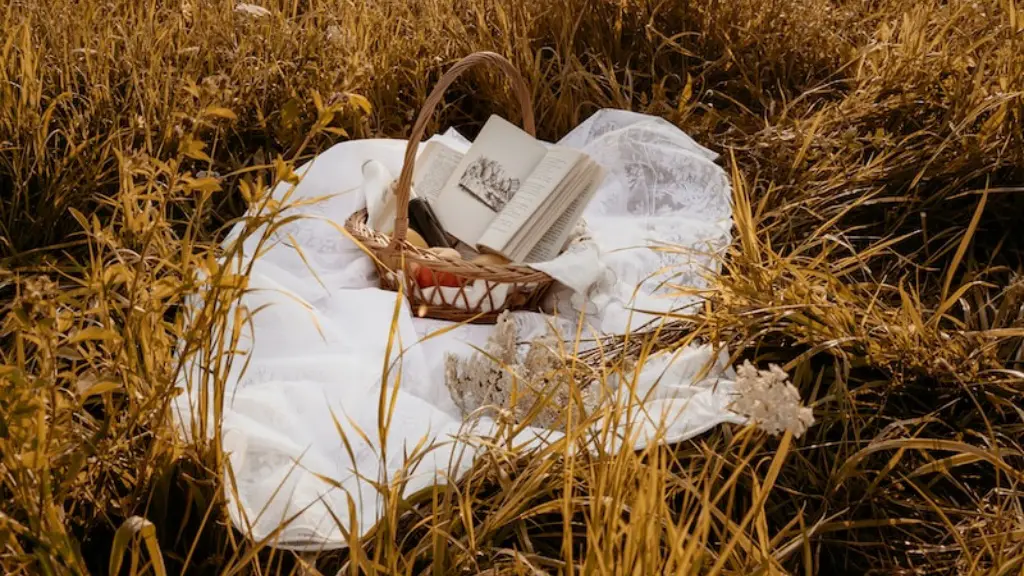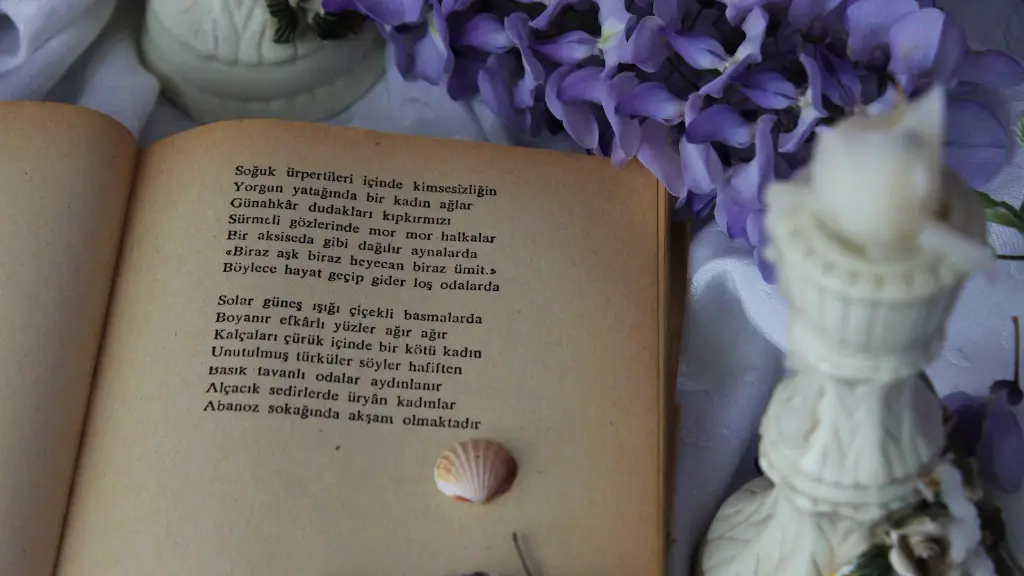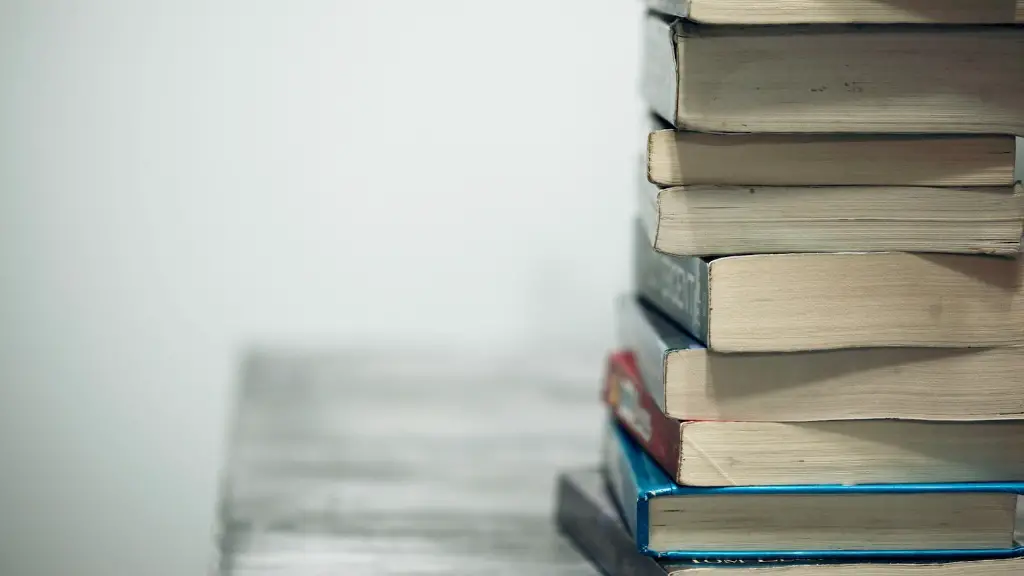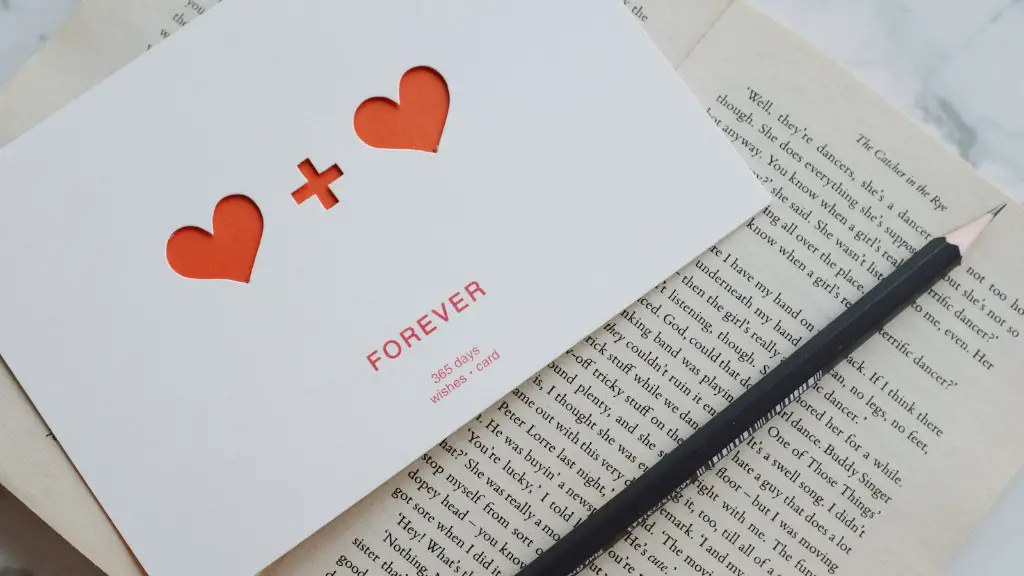What is Free Form Poetry?
Free form poetry is a type of creative writing that allows its authors to write freely, without having to adhere to a specific form or structure. This type of writing has gained popularity in recent years, and many authors have taken up its practice. Free form poetry is especially suitable for those who are not comfortable with traditional forms of writing and can provide a great exercise in exploring new ideas and expressing them through words.
Free form poetry is not just about writing in a random manner but is more a style of poetry which doesn’t rely on a set structure, style or topic. It breaks free from expectations of a traditional poem and allows authors to express themselves in any way they choose. There are various forms of free form poetry such as haiku, stream of consciousness writing and visual poetry.
How to Write Free Form Poetry
When writing free form poetry, it’s important to consider your personal experience and the topics you want to discuss. This type of writing relies heavily on imagination and creativity and can be a great way of exploring ideas and experiences you may not have felt comfortable expressing through traditional writing forms.
It’s also important to have a willingness to experiment and be open to the creative process. There is no one size fits all when it comes to free form poetry and each piece can be unique and the form, structure and content are publically understandable.
Begin by brainstorming ideas and themes, then pick one and create a structure that allows you to create the poem. Think about the poem’s language and use of imagery, and explore different ways in which these can be incorporated into the poem. Experiment with a range of poetic techniques such as rhyme, alliteration and repetition, and explore how these can improve the poem.
Using Metaphors and Similes
One popular technique used in free form poetry is the use of metaphors and similes. These techniques can be used to create visual metaphors and provide emotional meaning, allowing readers to gain a much deeper understanding of the poem. The use of metaphors and similes can also create a more aesthetically pleasing poem and enliven the readers’ experience.
Metaphors provide an indirect comparison between two separate entities, and can be used to image an abstract concept or idea. Similes provide direct comparison between two things, and effectively draw parallels between these two elements. Which of the two should be used depends on what the interesting comparison being made is and what the subject matter is, and how the author wishes to express their ideas.
Using Visual Poetry
Visual poetry is another type of free form poetry which has become popular in recent years. This type of poetry focuses on the physical arrangement of words on a page, creating patterns and movements, which helps to create a visual impact to the poem. Visual poetics allows authors to present their ideas in a more dynamic and engaging way, and can be used to portray meaning and emotion.
Images and symbols can be incorporated into the poem, allowing readers to gain a better understanding of the poem. Key words and phrases can be used to create emphasis and shape the poem and the author can choose to use font and colour to create contrast.
Using Alliteration and Repetition
Alliteration and repetition are other techniques which can be used to create a more pleasing and effective poem. Alliteration is the repetition of a sound at the beginning of words in a poem, and can be used to emphasise certain words and evoke emotion. Repetition of certain phrases or words can also be used to emphasise key concepts in the poem, and can be effective in creating a more vivid image.
Using Rhymes and Rhythm
Rhyme and rhythm can also be used to make a poem more effective and engaging. Use of rhyme helps to make the poem more rhythmic, while the use of rhythm helps to portray the mood and tone of the poem. Alternating rhymes can be used to maintain the rhythm of the poem, while slant rhymes can be used to maintain a sense of flow.
Using Multiple Stanzas
In free form poetry multiple stanzas can also be used to maintain the flow of the poem and present various ideas. Each stanza can have its own focus and topic and can be used to create a dramatic event or shift in the poem. Use of longer and shorter stanzas can be used to create contrast and to break up the poem.
Incorporating Literary Devices
Incorporation of literary devices such as personification, irony, parallelism and oxymoron can also be used to create a more effective poem. These devices can help the reader understand the poem better and allow them to tap into the different layers of meaning within the poem.
Including Unexpected Imagery
Including unexpected images and symbols can be used to evoke emotion in the reader and make the poem more vivid and effective. Use of unexpected and surprising imagery can also help to create a more interesting poem, as it captures the attention of the reader and invites them in to explore the poem further.
Using Stream of Consciousness
Stream of consciousness writing is a technique used in free form poetry to portray the writer’s inner thoughts and emotions. This technique allows authors to enter a state of free flow and capture a variety of emotions and ideas through their writing. This type of writing provides a great way of exploring personal experience and beliefs, and can provide a great exercise in understanding how these ideas can be expressed through words.
Using Haiku
Haiku is a short form of free form poetry, traditionally consisting of three lines of five, seven, and five syllables respectively. This type of writing is especially useful when trying to capture a moment in a few words, and can be used to explore ideas and emotions briefly but effectively.
Haiku poems often have a seasonal theme, focusing on recall of given experiences. The use of imagery in haiku has been particularly effective in conveying ideas and emotions and can help the reader understand the poem much more clearly.
Conclusion
Free form poetry offers authors the freedom to write in a creative and unrestricted manner, creating an effective and aesthetically pleasing poem. When writing free form poetry, it’s important to consider personal experience and experiment with different techniques, such as alliteration, repetition, metaphors, similes, imagery and language. Additionally, the use of visual poetry and stream of consciousness writing can be effective ways of expressing ideas. Ultimately, free form poetry is an effective way of exploring ideas and unlocking creativity and understanding.



